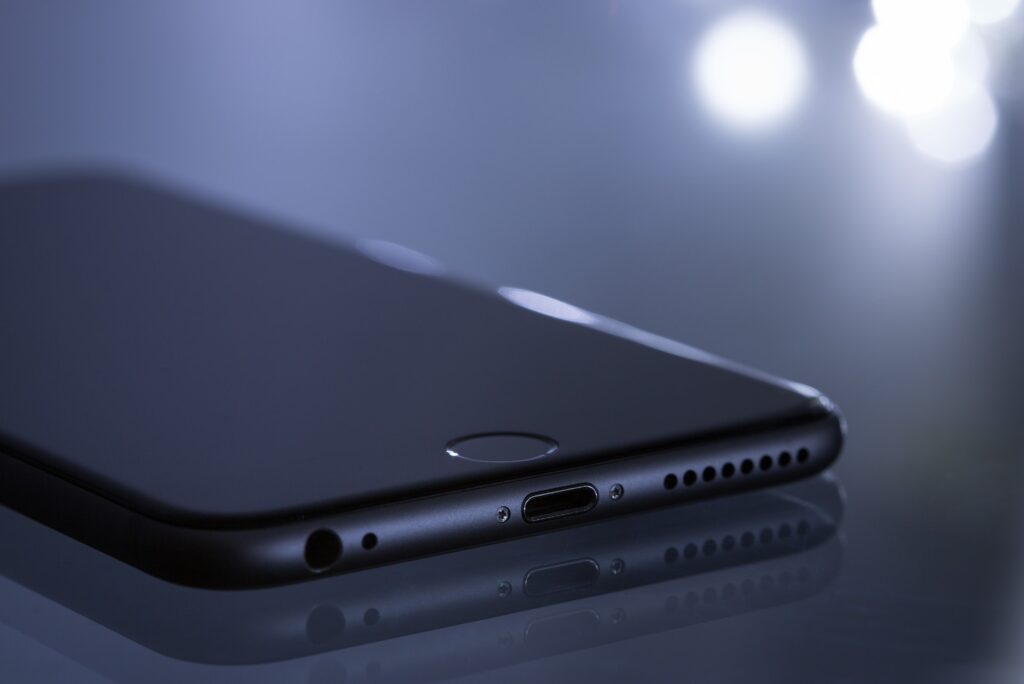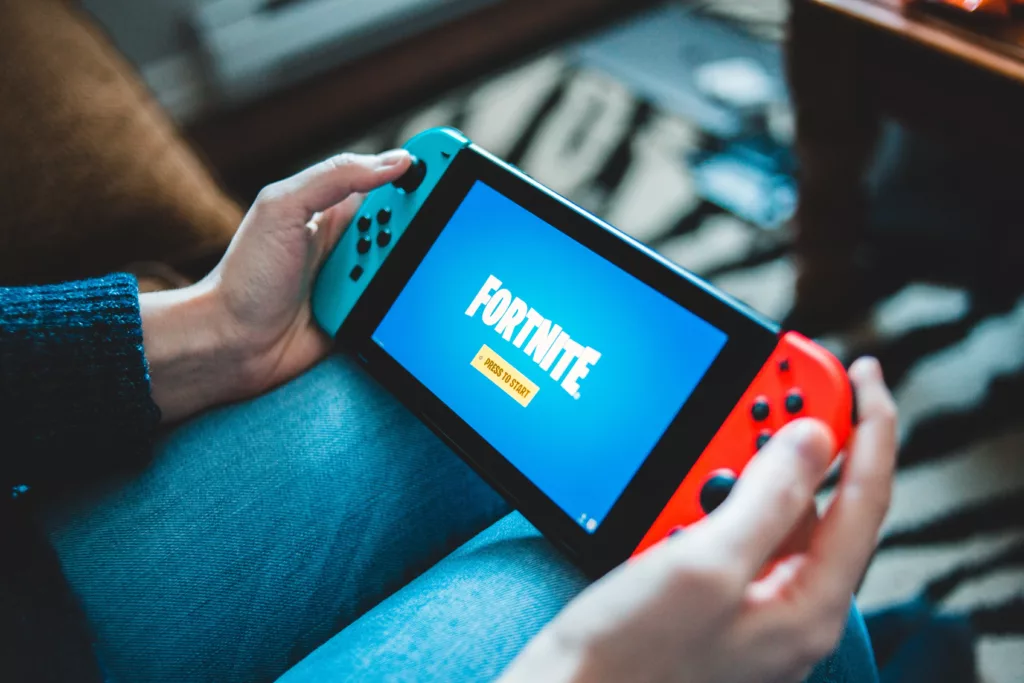The Article Tells The Story of:
- Boosted Performance: PS5 Pro offers enhanced GPU, faster RAM, 4K at 60fps, 8K gaming, and advanced ray tracing.
- Hardware Changes: Includes 2TB SSD, Wi-Fi 7, no disc drive, and supports digital downloads.
- Optimized Games: Launches with 40-50 optimized titles and smoother gameplay for VRR-capable TVs.
- Ideal for New Users: Recommended for new PlayStation users or those with high-end 4K/8K TVs.
Unboxing the PS5 Pro: A Turbocharged Gaming Experience
It looks like Sony has done it again, and this time, with the launch of the PlayStation 5 Pro slated to hit store shelves on November 7th for $700 (£700). In an exclusive with CNET, I visited Sony’s PlayStation headquarters in San Mateo, where I got my hands on the new console. The big question every gamer would want to know is whether the midcycle upgrade is something worth investing in. In this review, let’s dive into what really makes the PS5 Pro different from its predecessor and whether or not it’s worth your hard-earned cash.
A Visual Feast: Gaming on the PS5 Pro
Now, imagine sitting in front of an 80-inch television with Gran Turismo 7 blazing in glorious 8K resolution, its vistas so real you have to remind yourself you are not in a car. Even bad drivers like myself will be mesmerized by the 4K ray-tracing mode as the cars reflect into the track almost like in VR-no headset required.
As I walked through Sony’s demo room, I saw plenty of familiar games-Ratchet and Clank, Spider-Man 2-running on the new PS5 Pro. My tour guide was Mark Cerny, Sony’s lead PlayStation system architect, who showed me the PS5 Pro’s capabilities side-by-side with the standard PS5. The difference? Everything is crisper, smoother, and, quite frankly, better. But with the original PS5 available for $500-or less, during those holiday sales-is the upgrade worth it?
Hardware: What is Under the Hood of the PS5 Pro
But the PS5 Pro isn’t just any console-it’s a graphical powerhouse designed to enhance your gameplay experience on big-screen TVs. For its part, the Pro includes a souped-up GPU, touting more ray-tracing and smoother 4K gameplay at 60 frames per second. Sony promises that around 40 to 50 games will receive Pro upgrades at the console’s launch, adding automatic AI upscaling for the entire PlayStation library.
Surprisingly, the PS5 Pro is not a huge machine. It’s roughly the same size as the original PS5, but with a somewhat more compact design. On the outside, though, the Pro does have some fairly obvious differences, including diagonal black-ribbed vents that sadly render it incompatible with existing PS5 console covers. The rear features an additional USB-C port, while the Pro lacks the standard version’s optical disc drive. However, the Pro also includes an increased 2TB solid-state drive with expanded M2 SSD support. If you prefer physical media, you can attach an optical drive separately.
The Pro also comes with the same DualSense controller from the PS5, with no upgrades made. Meanwhile, without an optical drive, the Pro indicates that Sony is gradually pushing gamers towards downloadable content. This has been further aided with the upgraded Wi-Fi 7 of the console for quicker downloads, assuming your router can keep up.
Gaming Performance: What PS5 Pro Brings to the Table
Everything about the PS5 Pro is angled towards an elevated visual experience. The GPU has 67% more computing cores, 28% faster RAM, and 45% faster rendering compared to that on the original PS5. Translated, this means three key upgrades: more ray tracing, auto AI-powered upscaling of games for 4K, and a new Pro mode that couples 60fps with 4K resolution.
One of the sweeteners is the PlayStation Spectral Super Resolution, an AI-assisted upscaling mode that remasters the entire game library without patching. For those with 4K TVs, this is pretty exciting news, and one would argue the needed shot in the arm to breathe life into older games. Sony has teased that this technology will eventually support PSVR 2 games.
Sony promised to optimize 40-50 games at launch, standardizing on 4K and 60fps across the board. Other graphical enhancements coming include new volumetric lighting, richer effects, more on-screen characters, and modes that can crank all the way up to 120fps-or even 8K gaming. During my demo, I played Gran Turismo 7 both in 8K and 4K modes, with the latter kicking in impressive ray-tracing effects that had the racing feel super realistic.
For those players whose TVs already support VRR between 40 to 120 fps, PS5 Pro will automatically upscale their frame rates for games that have not received an upgrade patch. Of course, there will also be native 120 fps modes, and Cerny mentioned that more than 25% of PS5 owners in the US already have 120 fps-capable TVs.
What the PS5 Pro Means to Gaming
It’s not an interim stopgap until, in three or four years’ time, the PlayStation 6 arrives. It’s really a look to the future of gaming. Cerny describes the Pro as something of an innovator-leading the way in adopting new trends in gaming-especially ray tracing and AI-assisted upscaling. This advanced set of ray tracing features were created with AMD; no other AMD GPU currently offers these features, which, in many ways, makes the PS5 Pro kind of a pioneer in the world of gaming.
In a way, Sony is being very blurry about the line between console and PC gaming. The PS5 Pro’s enhancements are targeted at game enthusiasts who strive to have the best experience from their high-end TVs. Sometimes, these upgrades can be so slight, but they can render quite remarkable differences in game playing, especially in fast-paced games like Ratchet & Clank and Spider-Man 2.
VR and Beyond: What Does the Future Hold?
Being a VR enthusiast, I’m also particularly interested in what the PlayStation 5 Pro can do for the PlayStation VR 2. Inasmuch as Sony is slow to publish new titles for the headset, Cerny hinted that the Pro’s GPU boost would allow higher-resolution VR games. Specific upgrades have not been announced as of yet.
Last year’s PlayStation Portal was a handheld designed for remote PS5 gaming, but it relied on Wi-Fi speeds. Might the PS5 Pro be a way to unlock even more solid performance for future wireless handhelds? Sony certainly appears to be open to the idea, particularly given how interest in remote play has grown.
Should You Upgrade to the PS5 Pro?
And not everyone is going to want to lay down another $700 for a midcycle upgrade if the original PS5 is serving them well. Sony thinks the PS5 Pro will bring in a whole new set of customers, as the PS4 Pro did during its heyday. For hardcore gamers with top-of-the-line TVs, the PS5 Pro sits as an outstanding alternative to more powerful gaming PCs.
As 2024 comes into play, carrying with them an ever-evolving set of gaming expectations, the PS5 Pro indeed stands ready to keep pace. With that said, I wouldn’t recommend upgrading from a PS5 just yet, but newbies to PlayStation or those planning on making an investment in either a 4K or 8K TV would have significant reason to pick up the PS5 Pro.



